Too late to plant natives?
middlepath
12 years ago
Related Stories
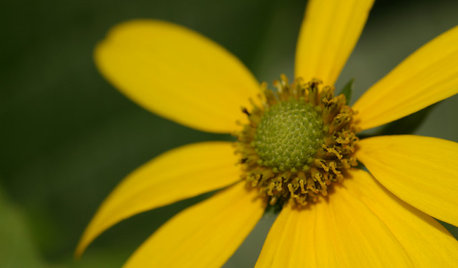
FLOWERS AND PLANTSRudbeckia Laciniata Enlivens Late-Season Shady and Sunny Sites
Give long-blooming, towering cutleaf coneflower room to spread in U.S. gardens for maximum rewards
Full Story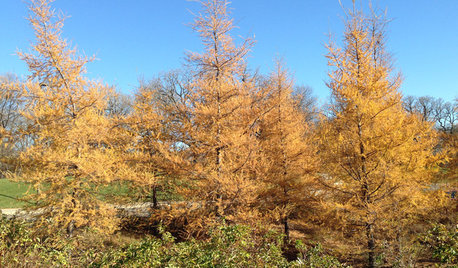
GARDENING GUIDESGreat Design Plant: Larix Laricina Glows Gold in Late Autumn
Plant tamarack for a beautiful late-fall golden display
Full Story
NATIVE PLANTSPlant These Fall-Flowering Natives in Early Summer for Pollinator Love
These 3 groups of plants will support masses of beneficial insects come autumn
Full Story
GARDENING GUIDES9 Clay-Busting Native Flowers for Summer Sun
These plants survive and even thrive in tough clay soil east of the Rocky Mountains
Full Story
GARDENING GUIDES15 Native Flowers That Feed Native Bees
These perennials offer superfood to hundreds of bees and are gorgeous in their own right
Full Story
WINTER GARDENING10 Native Wildflowers to Beautify Your Winter Garden
They stand strong in wind, feed wildlife and are easy to grow. But you may want to add these plants for their looks alone
Full Story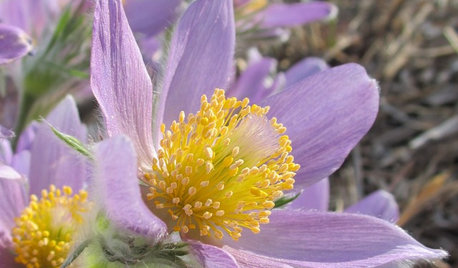
GARDENING FOR BUTTERFLIESGreat Native Plant: Pasque Flower
Get ahead with this early-blooming perennial, which has an unusual feature you've got to feel for yourself
Full Story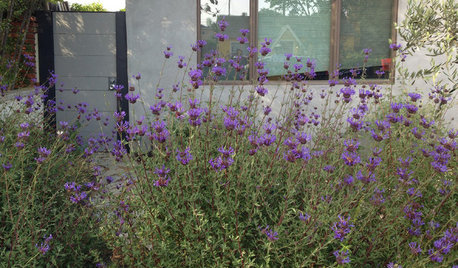
GARDENING GUIDES10 Late-Winter and Early-Spring Bloomers for the West
Tired of waiting for spring to arrive? Try these drought-tolerant, flowering plants for color that starts in late winter
Full Story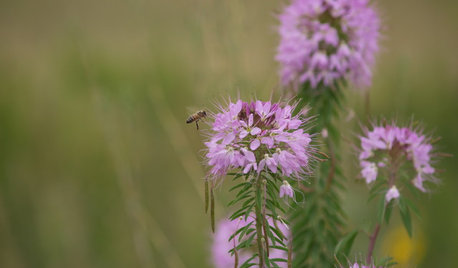
GARDENING GUIDESGreat Design Plant: Cleome Serrulata
Beckon bees and other pollinators in for a drink of nectar from this western U.S. native’s late-summer flowers
Full Story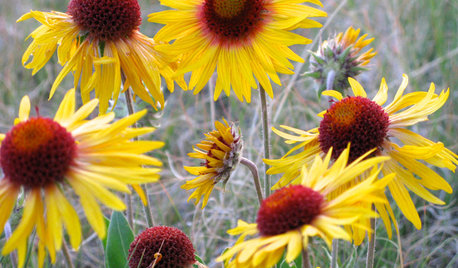
NATIVE PLANTS10 Top Native Plants for the Rocky Mountain Region
Give your landscape a sense of place, and attract pollinators and songbirds, with these native plants
Full Story





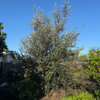
simonk
calistoga_al ca 15 usda 9
Related Professionals
Lyons Landscape Architects & Landscape Designers · Burien Landscape Contractors · Cudahy Landscape Contractors · Fruit Heights Landscape Contractors · Galveston Landscape Contractors · Hoover Landscape Contractors · La Verne Landscape Contractors · Lyndhurst Landscape Contractors · Milford Mill Landscape Contractors · Milton Landscape Contractors · Pahrump Landscape Contractors · Ringwood Landscape Contractors · Alexandria Window Contractors · Enumclaw Window Contractors · Wilmette Window Contractorshoovb zone 9 sunset 23
Laurel Zito
hoovb zone 9 sunset 23
simonk
aquilachrysaetos
middlepathOriginal Author